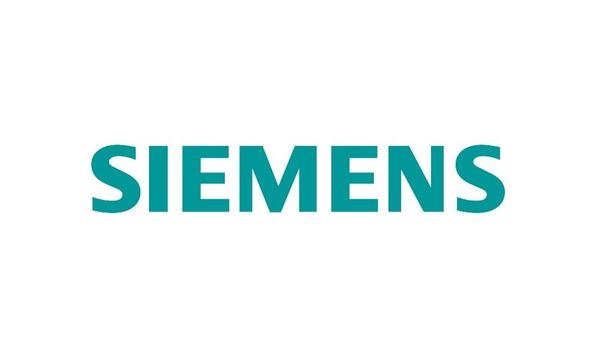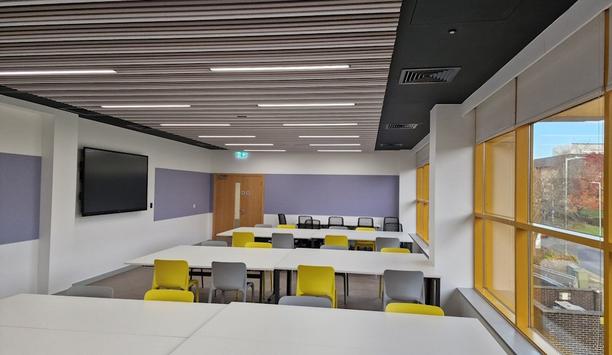Telstra and Prysmian announces an expansion to Prysmian optical cable manufacturing plant in Australia, to build the fibre optic cable required for Telstra’s intercity fibre network, with advanced technology that aims to reduce the environmental impact of the project.
Telstra InfraCo is building the intercity fibre network in response to the ever-growing demands for fast and capable digital networks.
Cable production lines
“The intercity fibre network project will future-proof Australia’s connectivity needs for the next 20+ years. We have already laid hundreds of kilometres of cables across the country and have commenced planning on several new fibre routes that will see all mainland capital cities connected,” said Brendon Riley, Telstra InfraCo CEO.
“The expansion of Prysmian’s optical cable production lines, located in Dee Why in New South Wales, will be integral to the intercity fibre project. Not only is this an investment in our nation’s growth, connectivity and digital prosperity, but the design of our network is uniquely Australian, with the cable adapted to be more resilient to our sometimes harsh conditions.”
Intercity fibre network
Prysmian has invested into Australian-based fibre optic cable manufacturing technology
Prysmian, a key partner in the project, has invested into Australian-based fibre optic cable manufacturing technology that will enhance and increase the production of locally-made state-of-the-art cable for Telstra’s intercity fibre network.
“This significant investment into Australian-based skills, R&D, and manufacturing is the result of two years of collaborative research and development. Together with Telstra, we have designed a world leading fibre optic cable that will support the current and future demand for high capacity, low-latency fibre networks in Australia,” said Frederick Persson, Executive Vice President Digital Solutions at Prysmian.
Next generation digital infrastructure
Sustainability has continued to be a critical focus in the development of the manufacturing technology. The new fibre optic cable is 59% smaller and 54% lighter than the previous design employed across Telstra’s existing fibre network. The reduced size and weight avoid CO₂ during cable production and transportation which is estimated to be approximately 35,000 tonnes over the length of the project.
To support the rollout of this large project, Prysmian has invested in three key areas of production to significantly increase the capacity of the Dee Why based facility. “Telstra and Prysmian have a long history of working together to deliver industry-leading technology for Australians. These investments are essential as we deliver next generation digital infrastructure for the country as demand for connectivity continues to soar,” said Mr Riley.







